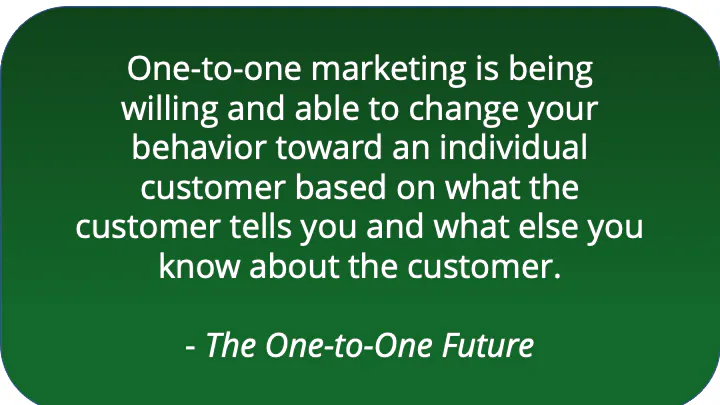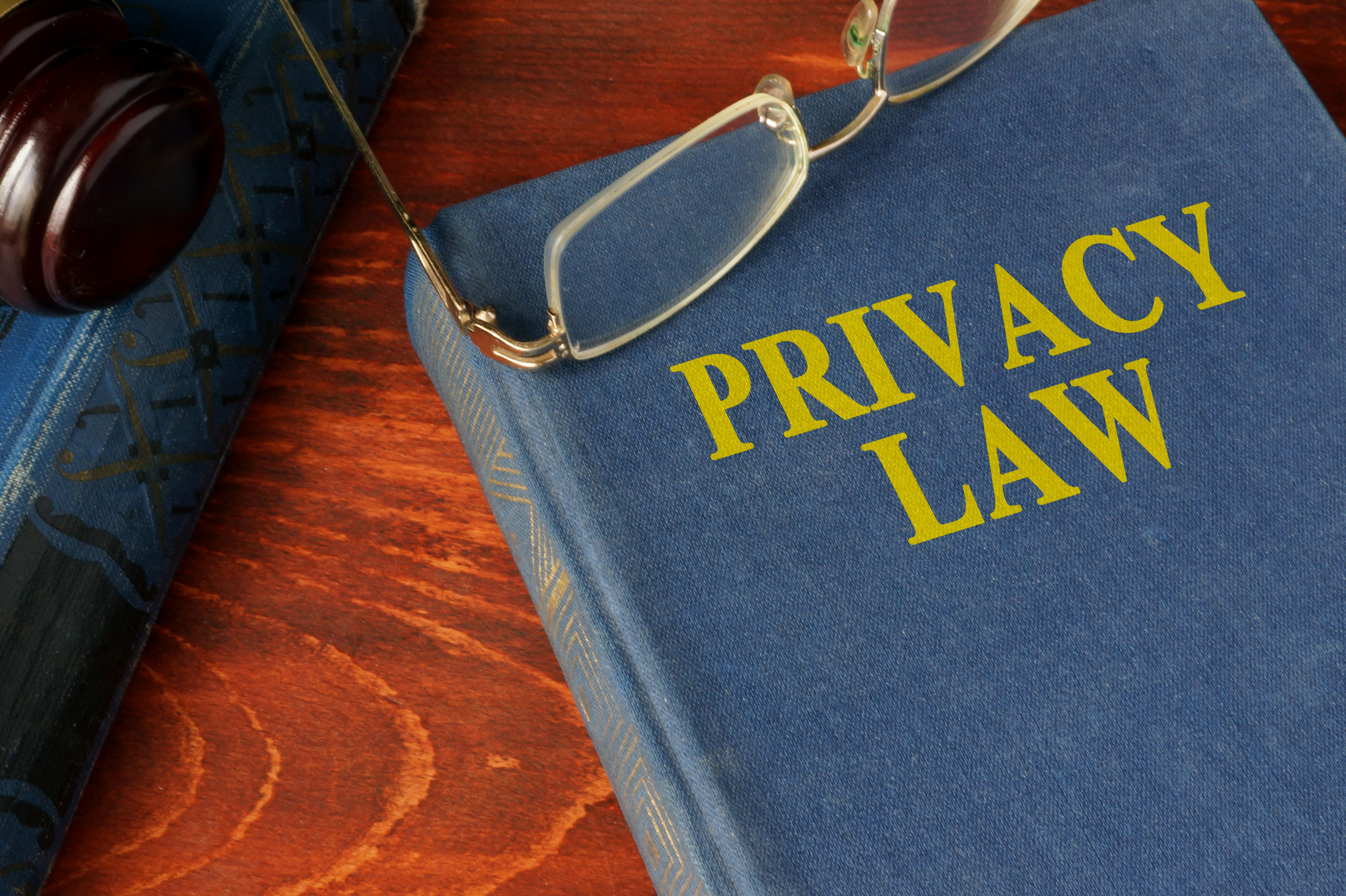At this point, most CPG brands know that the perfect timing is key. You want to reach new audiences and connect them to your consumer brand before they even know they need your product. You want to personalize to reach them at the right life stage, at the right time, and make it seem obvious to them that they’ll choose your product.
But that’s easier said than done.
The CPG market is very crowded, and there are more options available to consumers than ever before. There are also more data companies than ever before promising to help brands build awareness, trial, affinity, and loyalty. It’s confusing! How do you select the best data provider?
And once you have the mountains of consumer data at your disposal, it can feel like an overwhelming task to wrangle that data effectively and leverage it to actually connect with customers.
With the right tools and mindset, however, it is possible for a CPG brand to define and create custom audiences and target specific types of people to build product awareness. Automation and AI can help you use keywords and statistically relevant behavioral patterns to find people who are already researching your competitors’ names and products, and target them with content about your brand.
That’s one-to-one marketing 2.0. You just have to know how to use it.
One-to-one Marketing: What It Is and Why It’s Critical for CPG Brands
One-to-one marketing isn’t a new concept. The Harvard Business Review printed a story on the one-to-one marketing “bandwagon” back in 1999, after Don Peppers and Martha Rogers published The One-to-One Future in 1993.
In the 1990s, Peppers and Rogers said one-to-one marketing meant “being willing and able to change your behavior toward an individual customer based on what the customer tells you and what else you know about that customer.”
That remains true. One-to-one marketing means using the data you have about customers to personalize your marketing efforts and reach them where they are. And thanks to tech giants like Amazon and Facebook, personalization is table stakes these days. It’s the minimum required to enter the e-commerce marketplace.
Even so, there is opportunity — Hubspot reported that nearly 75% of online consumers are frustrated by marketing that has nothing to do with their interests.To reach those customers, it takes a savvy, scalable one-to-one strategy with rich insights that can actually make automations possible. That’s a step above Peppers’ and Rogers’ one-to-one future — it’s one-to-one marketing 2.0.

How to Start Leveraging One-to-One Marketing 2.0
To access the potential of one-to-one marketing 2.0, you have to select the right data provider, create automations to help you sift through data at scale, and focus on the long game to make deep, long-lasting connections with customers. Here’s how.
1. Build Relationships, Not Client Rosters
The equation is pretty simple: relationships = value, value = connection
Most consumers expect value from a brand long before they ever feel connected to it enough to make a purchase. So you need to focus on delivering personalized value to prospects before asking them to make a purchase.
How? Content is a good strategy for this.
The thinking behind one-to-one content marketing is multifaceted. High-quality content can bring prospects your way by helping potential customers solve problems and learn new things for free. By the time they decide to make a purchase, they already have a relationship with your brand.
Content marketing sent through personalized, segmented email campaigns is an incredible delivery mechanism for this long-game strategy.
You build customer segments based on interest, life stage, location, stage within the purchasing journey etc. to deliver content that’s exactly relevant to them.

2. Gather and Wrangle Data More Effectively
Having more data doesn’t automatically make life easier. In fact, without the right tools in place, more data can be a total headache. It feels impossible to sort through, and even harder to use effectively for personalization.
In the world of one-to-one marketing 2.0, it’s vital to leverage AI-based personalization technologies. AI can be your friend, as it utilizes machine learning and natural language processing to automate data analysis. The best tools can even take action for you.
AI-based personalization technology does just that. To start, it identifies real human behavior signals in real time. Unsupervised machine learning models can look across real-time behavioral, point-of-sale, loyalty and many other datasets to identify patterns of behavior that indicate awareness, consideration and purchase intent. This opens the opportunity for you to target the right consumer with a highly relevant message.
Additionally AI models can then calculate and assign a propensity score based on the likelihood these consumers will move further along the purchase journey if targeted with a relevant message (no sense in targeting consumers who will convert without seeing ads, or consumers who will never convert for one reason or another).
Natural language processing, another form of AI, can then help you assign topics to millions of web pages. Processing content like this makes it possible to continuously map engagement behavior and page content to user interest and intent.
3. Supercharge Your Strategy with Rich Insights
If stakeholders want a “data-driven marketing strategy,” one-to-one marketing 2.0 might be the right solution.
The insights you can get from AI-powered data providers can give you real numbers on how your prospects are behaving on the internet. You can use those insights to adjust messaging and inform media and marketing plans.
With the right data collected, sorted, and analyzed, you can uncover new ways to engage your audience segments.
The Big Takeaway
In the age of heavy personalization pressure and more data possibilities than we can count, the prospect of one-to-one marketing for CPG is a little overwhelming. But with the right data solutions in place, one-to-one can be a cinch.





